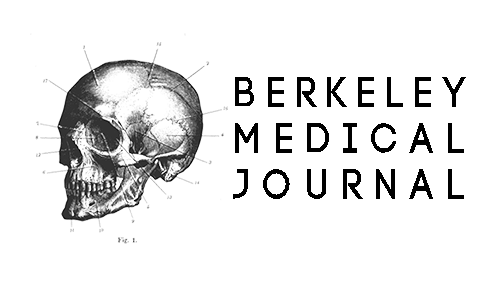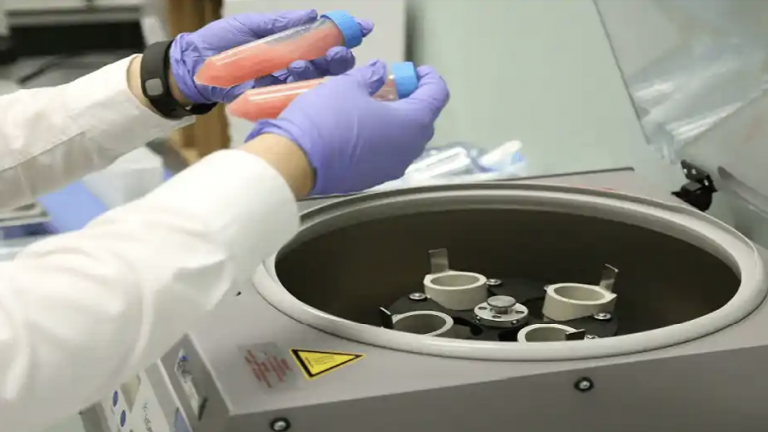By Dylan Feldstein
Unethical. Overhyped. Polarizing. Indeed, there is great controversy surrounding stem cell therapies, particularly pertaining to human embryonic stem cells. With the advancements in science and technology, a new type of stem cell called induced pluripotent stem cells (iPSCs), generated by reprogramming adult somatic cells, eliminates the reliance on human embryos to harvest stem cells. In the study Hypoimmune Induced Pluripotent Stem Cell–Derived Cell Therapeutics Treat Cardiovascular and Pulmonary Diseases in Immunocompetent Allogeneic Mice, scientists at UCSF developed novel iPSCs called “HIP” (hypoimmune induced pluripotent) cells to investigate their therapeutic potential to treat cardiovascular and pulmonary disease. Currently, there is a significant unmet need for effective cardiovascular and pulmonary disease treatments. Regenerative medicine, with the emergence of stem cell therapies, represents an innovative and promising approach to treat diseases. However, the efficacy and efficiency of regenerative cell therapies have been limited due to unreliable differentiation from pluripotent stem cells, high rates of immune rejection, and challenges with commercial scalability. This study demonstrates that HIP cells can successfully treat major diseases, such as cardiovascular and pulmonary diseases, while evading immune rejection in allogeneic mice with normal functioning immune systems.
UCSF researchers conducted a series of studies in mice and demonstrated that engineered HIP cells can successfully treat major complications from cardiovascular and pulmonary conditions. Dr. Tobias Deuse, a lead author of the paper, explains that similar to transplantation between organs and cells of unrelated humans, the HIP cells exhibited therapeutic potential in the mice, while avoiding being targeted by the immune system.
The experimentation process began by differentiating wild-type mouse allogeneic (allo) iPSCs (B6) and allo B6HIP iPSCs into universally compatible endothelial cells (iECs) and cardiomyocytes (iCMs). The allo B6 iPSC-derived iECs and iCMs served as the control group and the allo B6HIP iPSC-derived iECs and iCMs were the newly generated cells being investigated.
The first study assessed the effectiveness of the novel cells to preserve hindlimbs in allogeneic mice with critical limb ischemia (CLI). The researchers induced left lower limb ischemia in mice by removing their left proximal superficial femoral artery. The mice were left untreated or given a dose of either cell type. Following treatment, the mice were closely examined for 28 days. The overall findings of this experiment demonstrated that the novel cells thrived and multiplied in number, supported vascular structures, enhanced limb fluid circulation, and lowered the risk of infection and body tissue death in allogeneic mice.
The second study used a mouse model of Alpha-1 Antitrypsin (A1AT) deficiency that leads to structural and functional alterations characteristic of lung disease. The iPSC-derived cells and HIP iPSC-derived cells were modified to release A1AT in vivo. Seven days before inducing lung disease, the mice were given a dose of either cell type. The mice that received the iPSC-derived cells quickly rejected their allogeneic, MHC-engineered grafts, while the mice that received the novel cells survived throughout the observation period. Furthermore, the iPSC-derived cells weren’t effective at slowing the progression of lung disease, whereas the HIP iPSC-derived cells proved to be effective at reducing respiratory problems and nearly restored the A1AT deficiency to normal levels.
The final experiment investigated the potential of the new cells to treat heart failure. The mice experienced cryoinjury-induced myocardial infarction and then received injections of either cell type. All of the iPSC-derived cell grafts were rejected within 15 days, while the novel cells all survived and demonstrated proliferation. The data overall conveyed that the new cells exhibited properties to improve blood flow in mice with heart attack complications.
Dr. Schrepfer, a senior author of the study and co-inventor of the HIP cells, described what inspired her to research stem cells: It was the “era of pluripotent stem cells. That opened the door for whole new approaches in not only regenerative medicine but also in oncology.” When talking about stem cell research, Dr. Shrepfer says that “for the first time we had a tool you could utilize, if you know how to differentiate the cells, for basically any disease and any patient.” For Dr. Schrepfer, this new technology is all about accessibility, as she believes the therapy can be distributed in “off-the-shelf strategies instead of being patient-specific.” The next part of the interview focused on the future applications of HIP cell therapy and Dr. Schrepfer’s vision for the technology. When asked whether she envisions HIP cell treatment being used to treat multiple diseases or prioritized for a particular disease, Dr. Schrepfer replied that “in theory, you can treat any disease.” However, she explained that one obstacle restricting the versatility of this therapy is that “you need to know how to make the cell you are interested in, and that is a limiting factor.” Dr. Schrepfer emphasized that to address this issue the underlying technology should be widely accessible to scientists to fully unlock the potential of stem cell therapies.
The development of HIP cells to treat cardiovascular and pulmonary diseases is a major scientific breakthrough that can vastly improve human health. For instance, it can lead to the large-scale manufacturing of stem cell therapies that are cost-efficient and the production of therapeutics that can avoid immune detection and function properly in patients. The next steps of this research would be to continue conducting clinical trials in a safe and responsible manner. Once further tests are performed, the safety and efficacy of the therapy in human patients can be assessed. The ultimate goal of this research would be to get the therapy approved by the FDA and available to be administered to patients. This research also has many implications in the field of regenerative medicine as a whole. By successfully engineering stem cells to evade the immune system, it opens the door to developing stem cell therapies for a number of diseases beyond cardiovascular and pulmonary conditions.




